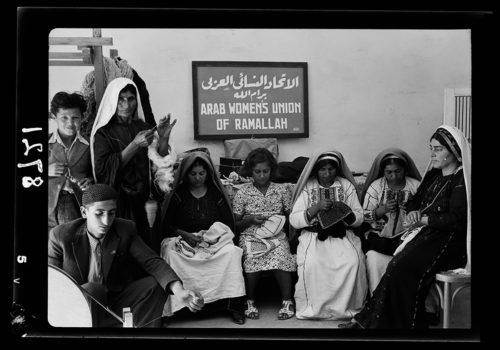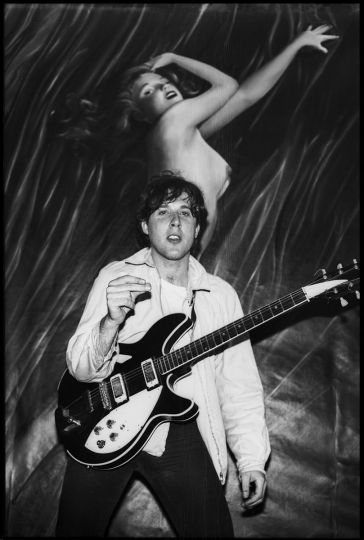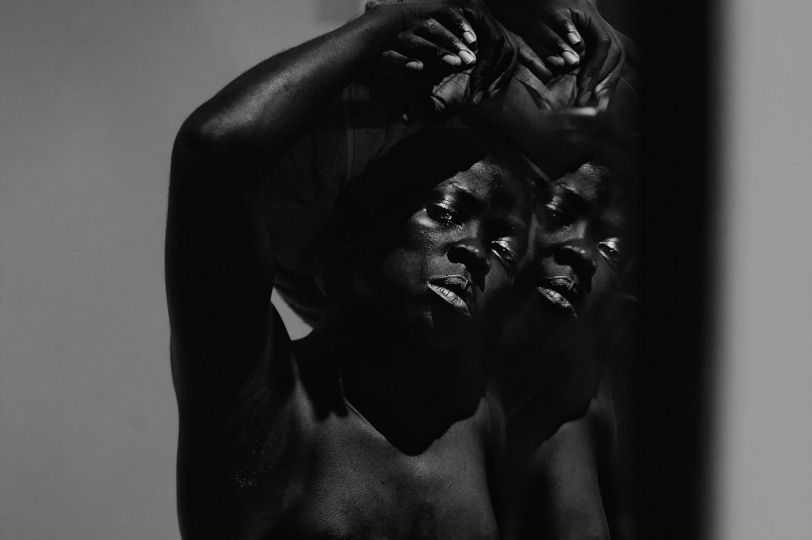The Nakba ‘breathes down our necks, invading our national identity and contorting our earliest encounters with our sense of self’, writes Mohammed El-Kurd in the foreword to the 2024 edition of a book of photographs first published in Spanish in 2016. The trauma of dispossession and expulsion is the Nakba and these photographs, from the end of the nineteenth century to the middle of the twentieth, bear visual and affective testimony to Palestine as a country where people and their culture thrived. It was not empty land when the first Zionist settlers arrived in the 1880s and by the time of the 1917 Balfour Declaration Jews accounted for 6% of the population and owned 1% of the land. When the United Nations partitioned Palestine into an Arab state and a Jewish state, the Jewish population of 33% was granted over half of the territory but owned only 6.6% of the land. The desire to increase that percentage launched the Nakba and two thirds of the Arab population, over 700,000, were forced into exile following murderous attacks on Palestinian villages. Almost 300,000 had been forced out before the outbreak of the first Arab-Israeli war in 1948.
The lived reality of the Palestinian society destroyed in the Nakba is recorded in these photographs. Their sources are varied and include a collection by Johnny Mansour in Haifa, an archive of 22,000 negatives and glass plates from the American Colony Hotel in Jerusalem, and UNRWA. Their value and impact at this moment in history is immense and not just as documentary evidence of a country before colonies and checkpoints. Pathos for a time past, before fleeing was imaginable, is counterbalanced by an affirmation that, in Mohammed El-Kurd’s words, ‘disrupts the engineered cultural and political mystification of the Nakba that has, for generations, made its undoing seem impossibly remote’. There is nothing mystical about the photos of the center of the ancient city of Haifa before it was demolished by Israeli troops – taken by Sami Karameh and donated by his family to Johnny Mansour – or of girls fleeing Jaffa in 1948, pushing their belongings in wheelbarrows and a stroller, or of Palestinian refugees boarding boats to Lebanon and Egypt in 1949 from a beach in Gaza. Many stayed in Gaza and they and their descendants make up 70% of the territory’s current population.
Affirmation comes in the photographs of men, women and children who grew up and lived before the Nakba. It is there in a postcard photograph titled ‘Two Girls from Nazareth’, known to be taken by Palestine’s first female professional photographer in 1928, because her name and designation (‘Lady photographer’) is stamped on the back of the postcard. It is there in the women posing for a group shot in front of railway carriages in Lydda in October 1938, about to depart for an inaugural conference of Arab women in Cairo that would call for a boycott of British products, the cancellation of the Balfour Declaration and illegal transfers of Arab lands to Jews. On April 18, 1946, Mahmud Radif with his wife and their child pose for their photo in Jericho and four years later girls, unaware of the camera, play basketball at a women’s centre in Kalandia, West Bank. Other photos show women pressing olives, a man cultivating an olive tree, a melon market, a mobile eye clinic, a wedding couple, a Bedouin couple next to their tent, an open-air cinema in a village near Hebron, a school trip to the Jordan River…
The 133 pages of photographs, six short prose pieces, two poems and a list of the 418 Palestinian villages destroyed in 1948-9 make Against Erasure a book that is as precious as it is powerful.
Sean Sheehan
Against Erasure: A Photographic Memory of Palestine Before the Nakba, edited by Teresa Aranguren and Sandra Barrilaro, foreword by Mohammed El-Kurd
Haymarket Books
29.21 x 1.91 x 20.96 cm
196pp
Hardback
















